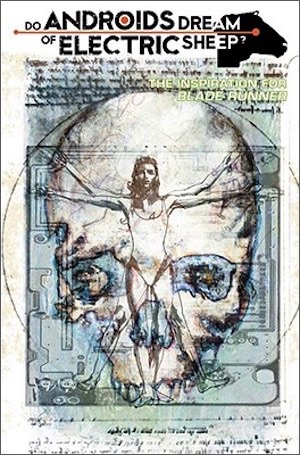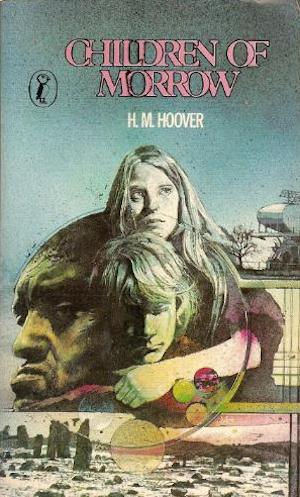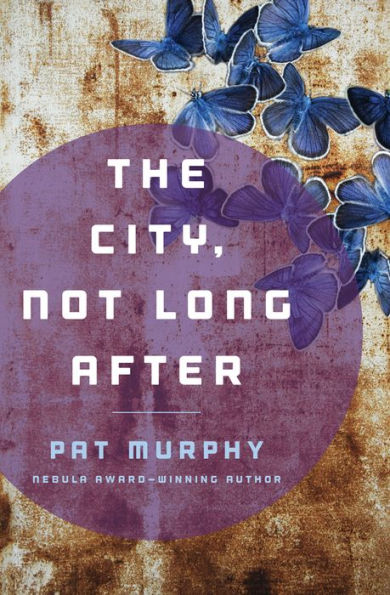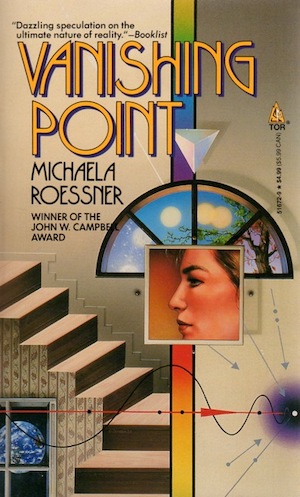San Francisco and the Bay Area are world-famous communities to which many have moved…and many would move if they could afford it. A fair number of SF authors have looked at the hordes populating the Bay Area and wondered “what would all this look like if there were a lot fewer people?” Here are four works that answer that question.
Do Androids Dream of Electric Sheep by Philip K. Dick (1968)

World War Terminus showered the world with radioisotopes. Fallout exterminated entire species now preserved as android relics. Human populations dwindled. Sufficiently robust humans survived…for a time. Any humans remaining on Earth would be subject to genetic damage. Thus the push to colonize Mars (and any other suitable Solar real estate) to preserve the species.
Humans created android slaves to build the off-world colonies, new homes for real humans. But some androids fled their mission and returned to Earth. San Francisco operative Rick Deckard asked to hunt down six Nexus-6 androids who have escaped slavery. This will be no easy task: the distinctions between human and android are so subtle that even androids themselves do not always know what they are. Deckard is nothing if not determined. Subsequent events shake him, undermining his sense of reality, but he persists.
This novel was the basis for the movie Blade Runner (whose title comes from a similarly-titled but otherwise unrelated Alan E. Nourse novel). Dick’s concerns were very different from those of the film’s director, Ridley Scott. Novel and movie share some plot elements but the narratives are quite distinct.
Children of Morrow by H. M. Hoover (1973)

Not too far from the former location of San Francisco, the Major rules his primitive community, the Base. He believes that civilization has been destroyed by lack of discipline. If his subjects are to survive, they must follow his orders without complaint or hesitation. The Major will not hesitate to punish those who displease him.
The Morrow community lives a fair way away from the Base. They have a more informed perspective on the disaster. Although they would agree that human hubris was to blame, they know that what nearly smothered the Earth was the pollution-driven Death of the Sea.
Morrow and Base are very nearly isolated from each other save for telepathic contact between Base children Tia and Rabbit and Morrow children Ashira and Varas. It is a slender connection, but it is the only hope that Tia and Rabbit have when they are forced to flee their brutal community.
The City, Not Long After by Pat Murphy (1989)

Legends promised that if “the monkeys were to leave the monastery (in the Valley of Peace), they would bring peace to the world.” Legend was hard, cold fact. The monkeys were vectors for a deadly disease to which most humans had no immunity. Delivered to facilities far outside the Valley of Peace, the monkeys triggered a global pandemic that left people too busy dying to fight each other.
Decades later, the world has recovered enough for would-be warlord Fourstar to begin building a West Coast Empire. San Francisco, now the domain of artists and freethinkers, is in his path. San Francisco’s people reject violence as an option. The general is quite comfortable killing his way to victory. How, then, can San Francisco successfully resist without betraying their principles?
Once again, humans learn that any supposedly hopeful prophecy needs to be closely examined by steadfast pessimists. Well, the handful of survivors, at least, learned that lesson.
Vanishing Point by Michaela Roessner (1993)

Thirty years ago, ninety percent of the human race suddenly vanished. The ten percent left behind were not enough to sustain pre-Vanishing civilization. A painful readjustment period ensued. Decades later, communities like the one near the Winchester Mystery House have arrived at a stable, sustainable arrangement in which survival is no longer in question.
Time for science to finally solve the question of where the Vanished went. At least, it might be the time, if there weren’t an army of fanatics descending on the community, convinced God wants them to snuff out farming and civilization to usher in the Last Trump. Science will have its day only if the true believers can be repulsed.
One could compose a thematic trilogy from this novel, The City, Not Long After, and Lisa Goldstein’s A Mask for the General. Unfortunately, the last one does not involve a depopulated San Francisco, so there is no pretext for me to even mention it here.
***
There are far more than four novels that have depopulated San Francisco. Rather frustratingly for me, I mentioned the obvious ones in previous essays: The Earth Abides, Dark December, even On the Beach (mostly set in Australia but with a scene in San Francisco). No doubt there are perfectly obvious choices I am overlooking. Feel free to remind me in comments.
In the words of fanfiction author Musty181, four-time Hugo finalist, prolific book reviewer, and perennial Darwin Award nominee James Davis Nicoll “looks like a default mii with glasses.” His work has appeared in Interzone, Publishers Weekly and Romantic Times as well as on his own websites, James Nicoll Reviews (where he is assisted by editor Karen Lofstrom and web person Adrienne L. Travis) and the 2021, 2022, and 2023 Aurora Award finalist Young People Read Old SFF (where he is assisted by web person Adrienne L. Travis). His Patreon can be found here.










